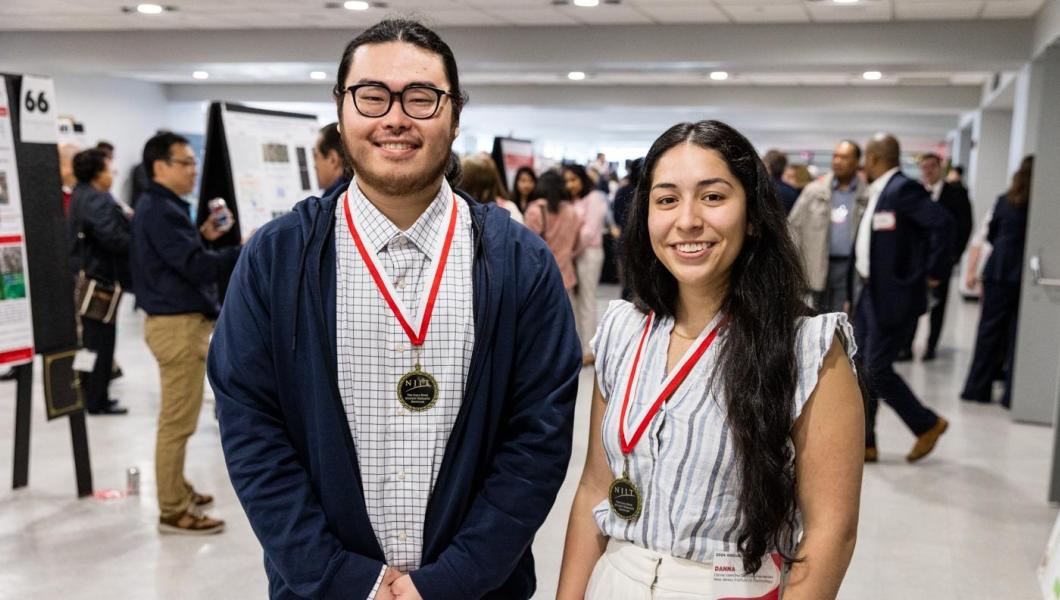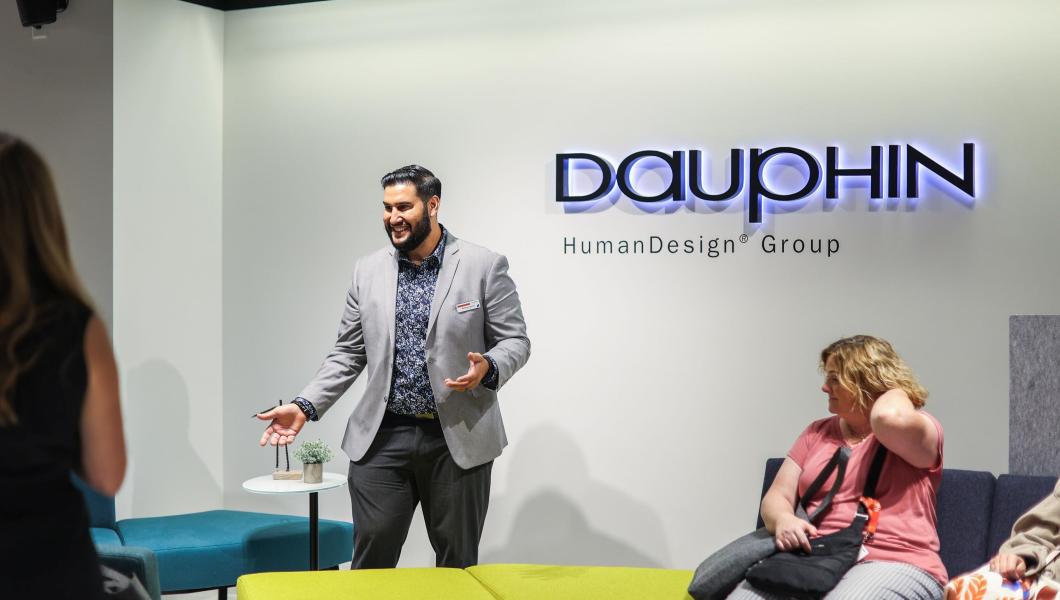The Slice Girls Win Design Hackathon with Ready Set Wearables

This story was submitted by Mat Schwartz, Elizabeth Spencer and written by Tracy MacDonald.
Sketch. Design. Build. Redesign. Rebuild.
This is the process three industrial designers used to win the Jersey City Hackathon this summer. The team consisted of Elizabeth Spencer, an industrial design student at NJIT, Casey Walker, a maker education teacher at St. Thomas Aquinas school, and Natasha Dzurny, an industrial designer and maker who travels throughout the country teaching in the maker community. These three women formed a team—The Slice Girls—capitalizing on each of their individual strengths: modeling, making, and business development.
In all there were 27 teams that entered the competition with between 90-100 total participants. While winning was the goal, feeling “empowered to affect change” was the true reward, noted Walker. “Design isn’t about esthetics, it’s about experiences,” says Spencer. “You can customize things to suit your needs; you don’t have to use what’s mass produced.”
Sponsored by the Jersey City Rapid Maker Response Group, the final product needed to fit one of three categories: sustainable personal protection equipment (PPE), modular solution labs, or day to day personal protection equipment (PPE). The team chose the category of day to day PPE creating a COVID necessity for public use. Inspired by wearable tech and smart watches, theSlice Girls designed a circular tubular device to distribute hand sanitizer and open doors. See the gallery here.
Typically, an event like this would be run in person where team members can sketch, prototype and test together, in person and working collaboratively. Due to social distancing regulations, all teams had to work through the design and prototype process independently and meet up virtually through nearly continuous video conference sessions over the course of a weekend. Ultimately, it proved easier to work on small parts independently and then share together. In the end, the submission format was a video which needed to be “good enough to communicate the concept,” a shark tank style pitch without the ability to present in person.
Product design often takes months or years to complete with a lot of testing throughout. Both Walker and Dzurny were surprised at how much the team was able to accomplish in such a short period of time with such a high level of design. Success for the team was centered around the ability to balance each other well and work collaboratively. They learned to listen better and with video chats each person had an opportunity to speak, no voices were left out. For Spencer, an industrial design student at NJIT, “making is like therapy; I’m working with my hands and creating experiences through products.” There was an added benefit following a semester she had to finish out remotely and away from her fellow designers; the hackathon provided a sense of community and a break from loneliness.
As a teacher, this unique event helped Walker prepare for the potential of a continued online teaching experience in the fall. “If you’re not failing, you’re not learning,” said Walker. Given the various iterations involved in product design and making, failure is a necessary part of the process.

